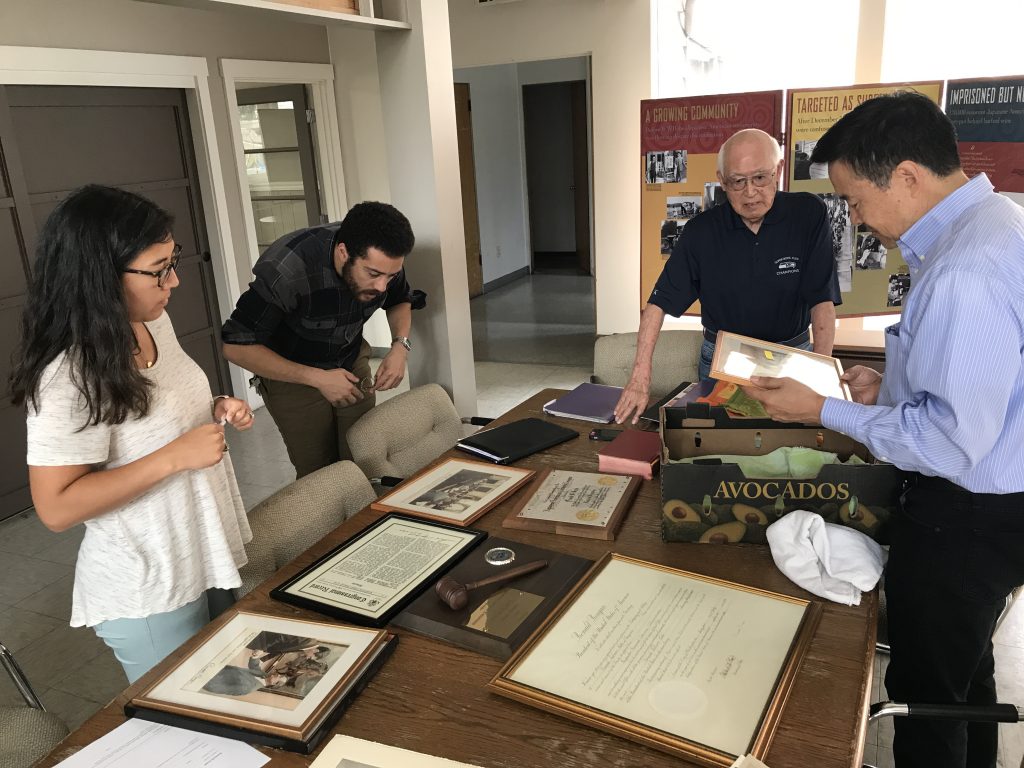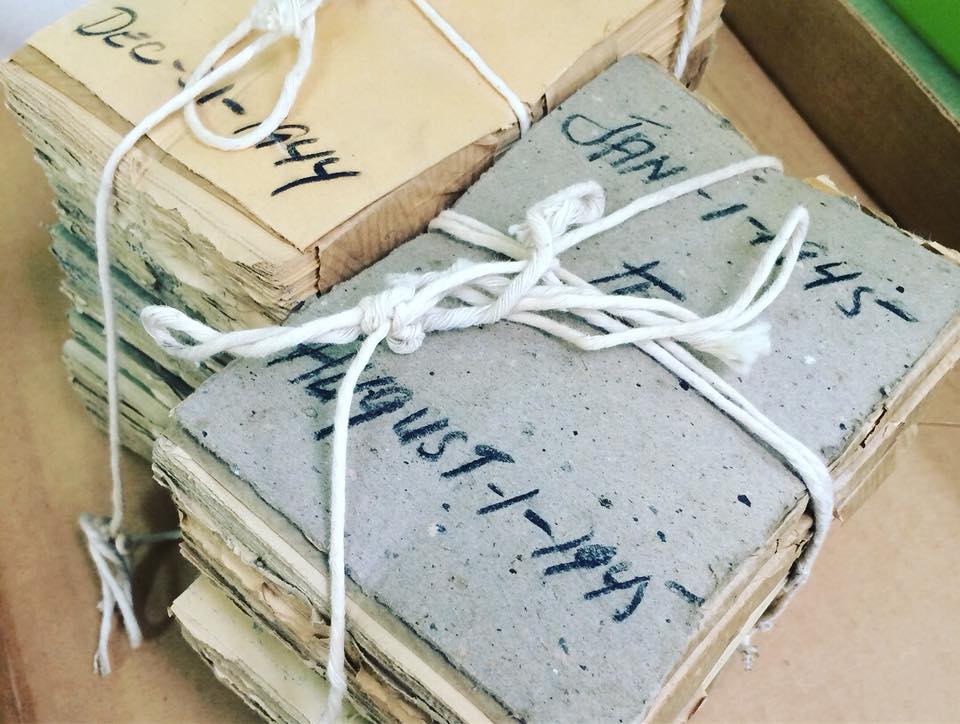As we continue our work to safeguard this critical part of American history, we also want to enable members of our community to be their own historians and archivists. Here are ways that you can preserve your own historical photographs, documents, newspapers, letters, and ephemera.
Physical Preservation
Physical materials include photographic prints, slides, negatives, original typed or handwritten documents, newspapers, reel-to-reel film, cassette tapes, etc.
- Store historical materials in a stable environment (preferably below 75 degrees F and 50% humidity).
- Use soft pencils when writing on materials and avoid ink pens and markers.
- If possible, store materials unfolded or unrolled.
- Remove all staples, paper clips, rubber bands, or pins, and do not use tape or adhesives on the materials.
- Consider digital preservation for materials that are at risk of deterioration or that are of particular importance.
Digital Preservation
Digital materials include photographs taken on digital cameras or phones, email, Word documents, and digital scans (i.e. scans of photographic prints or handwritten letters).
- Identify the location of all digital files. They can exist in your computer memory, external hard drives, CDs or DVDs, digital cameras, phones.
- Decide which photographs or documents are worthy of long term preservation. Weed out those that are of poor quality, duplicates, or anything else you do not want to keep permanently.
- Collect all of the digital files into one place and use a descriptive folder system to organize everything (i.e. by subject, name, date, etc.).
- Create descriptive file names.
- Make multiple copies and store them in various locations. One copy can be stored on your computer, another on external hard drives or other separate media (i.e. CDs, DVDs, thumb drives), and another in the cloud/Internet storage.
- Check the files at least once a year to make sure they are still readable.
- Transfer all files to new separate media (i.e. external hard drives, CDs, DVDs, thumb drives, etc.) every five years to avoid data loss.
Disaster Preparedness
If your family archives suffers damage from flood, fire, rodent or bug infestation, etc., you may need to salvage damaged materials. Learn more from the Northeast Document Conservation Center.
Other Resources
Many organizations have done excellent work creating websites and how-to manuals for families with their own personal archives. See the links below to be connected to some of these resources.
- Library of Congress – Personal Archiving: Preserving Your Digital Memories
- National Archives – How to Preserve Family Papers and Photographs
- University of Washington – Caring for Your Personal Collections
Questions?
To find out more about preserving your own family archives, please contact our Help Desk: collections@densho.org or (206) 320-0095 ext. 110.



